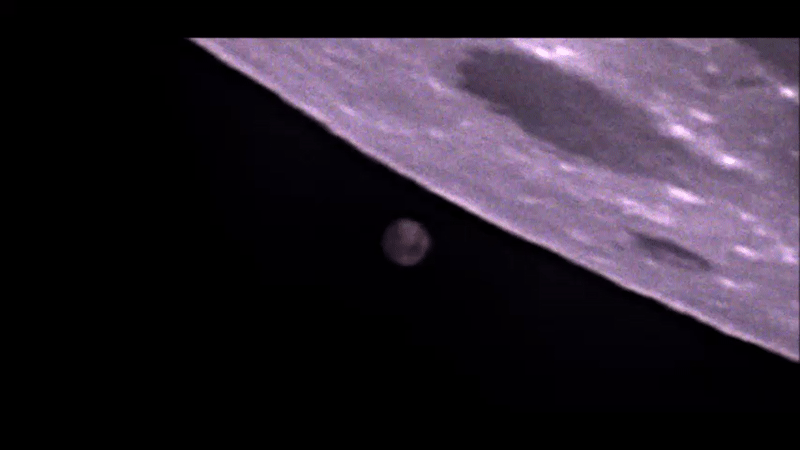The Motion & Eclipse of the XM-3 Geostationary Satellite
/Every equinox for about a month all geostationary satellites briefly fall into Earth’s shadow each night. It’s a pretty rare phenomenon so I usually like to photograph it. I’ve done this in the past with my Fuji mirrorless camera, but this time I wanted to see how good my planetary camera would be.
I usually try XM-3 because it’s right next to AMC-16 and XM-5 and it’s interesting to see 3 at once, but the planetary camera’s field of view is so small that I could only see one satellite at a time. This setup is really pushing the limits of my zoom, so small things like wind vibrating the telescope and changes in the atmosphere are very apparent in the final images.
Originally this photo was planned for a few days ago, but smoke from the west coast fires had blocked the stars in the sky. By the early morning of September 19th the sky had finally cleared.
I used my 8 inch telescope, 2x barlow lens (for focusing), and the ZWO ASI290MC planetary camera. I used a gain of 450 and an exposure time of 5 seconds. XM-3 disappeared into the shadow of the Earth around 1am EDT, and reemerged about an hour later.
The fascinating thing with being so zoomed in to the satellite is that you can see it’s motion within the station-keeping box.
The eclipse is obvious in the video, but the motion isn’t. If I take all the frames of the video and combine them together you can see how the satellite drifts down and to the right. Because I’m combining these all together the stars turn into long streaks going by in the background.
These are fun images to take, but an eclipse lasting from 1am-2am really kills your sleep schedule! Doing one this zoomed in was fun, but at some point I’d love to get a focal reducer and seeing a much wider field of view, hopefully catching 4-5 satellites in one image. Now to find a friend with a focal reducer I can borrow!







